Rising Crime Rates
The increasing incidence of crime across various regions appears to be a primary driver for the Molecular Forensics Market. As law enforcement agencies seek to enhance their investigative capabilities, the demand for advanced forensic technologies is likely to rise. Reports indicate that violent crime rates have surged in certain areas, prompting a greater reliance on molecular forensics to solve cases. This trend suggests that the Molecular Forensics Market will experience growth as police departments invest in cutting-edge tools and techniques to analyze biological evidence. Furthermore, the need for accurate and reliable forensic analysis is becoming more pronounced, as public safety concerns escalate. Consequently, the Molecular Forensics Market is poised to expand in response to these pressing demands.
Public Awareness and Advocacy
Public awareness regarding the importance of forensic science in the criminal justice system is growing, which appears to be a significant driver for the Molecular Forensics Market. Advocacy groups and educational campaigns are highlighting the role of molecular forensics in solving crimes and exonerating the innocent. This heightened awareness is likely to lead to increased funding for forensic programs and research initiatives. As communities demand more transparency and accountability in law enforcement, the pressure on agencies to utilize advanced forensic techniques is mounting. Consequently, the Molecular Forensics Market may experience a surge in demand as stakeholders recognize the value of molecular analysis in ensuring justice. This trend suggests a potential shift in public perception, which could further bolster the market.
Legal and Regulatory Frameworks
The evolving legal and regulatory frameworks surrounding forensic science are influencing the Molecular Forensics Market. As governments implement stricter guidelines for evidence collection and analysis, the demand for reliable molecular forensic solutions is expected to rise. Legal standards are increasingly emphasizing the importance of scientific validity and reproducibility in forensic evidence, which may drive law enforcement agencies to adopt advanced molecular techniques. Reports indicate that jurisdictions are revising their forensic protocols to comply with these new regulations, thereby creating opportunities for growth within the Molecular Forensics Market. This regulatory landscape suggests that companies providing innovative molecular forensic solutions may find a favorable environment for expansion, as compliance becomes a critical factor in forensic investigations.
Collaboration Between Academia and Industry
The collaboration between academic institutions and industry players is fostering innovation within the Molecular Forensics Market. Research partnerships are emerging to develop new methodologies and technologies that enhance forensic analysis. These collaborations often lead to the commercialization of cutting-edge solutions, which can significantly impact the market landscape. Data indicates that funding for forensic research has increased, with universities and private companies working together to address challenges in molecular forensics. This synergy not only accelerates the development of new tools but also ensures that forensic practices remain at the forefront of scientific advancement. As a result, the Molecular Forensics Market is likely to benefit from these collaborative efforts, which may lead to the introduction of novel applications and improved forensic outcomes.
Technological Integration in Law Enforcement
The integration of advanced technologies within law enforcement agencies is transforming the Molecular Forensics Market. Innovations such as next-generation sequencing and digital forensic tools are being adopted to streamline evidence analysis and improve accuracy. As agencies increasingly recognize the value of molecular forensics in criminal investigations, the market is likely to witness substantial growth. Data suggests that investments in forensic technology have increased significantly, with many jurisdictions allocating larger budgets for molecular analysis. This trend indicates a shift towards more sophisticated forensic methodologies, which could enhance the overall efficacy of criminal justice systems. The Molecular Forensics Market stands to benefit from this technological evolution, as it aligns with the growing need for precision in forensic science.


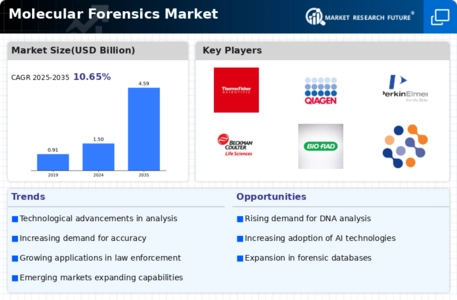
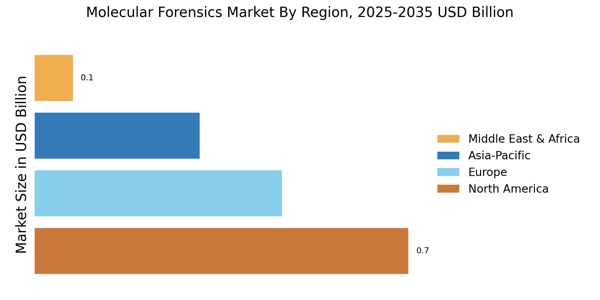
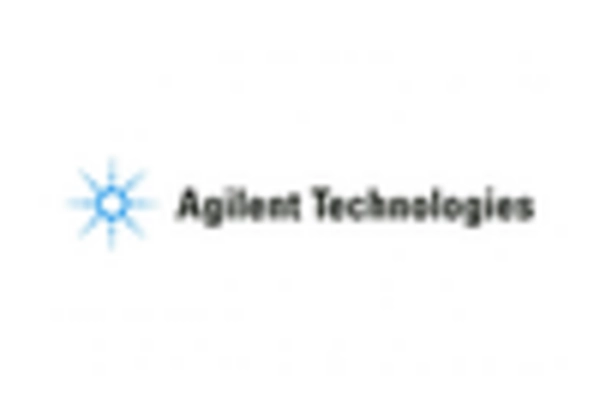
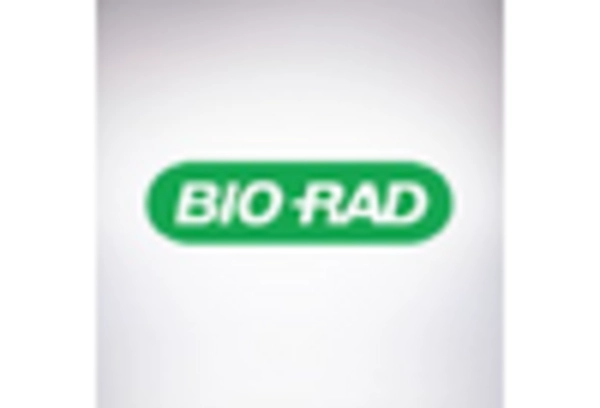
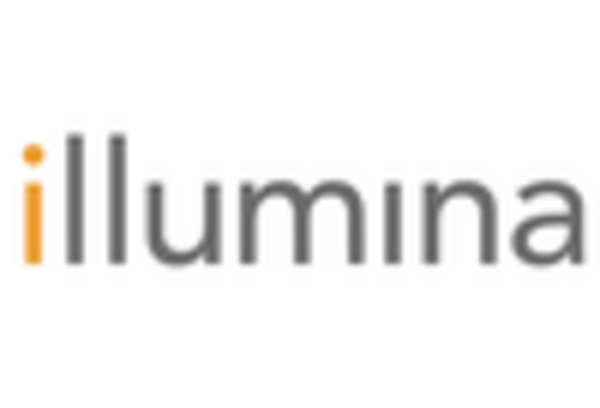

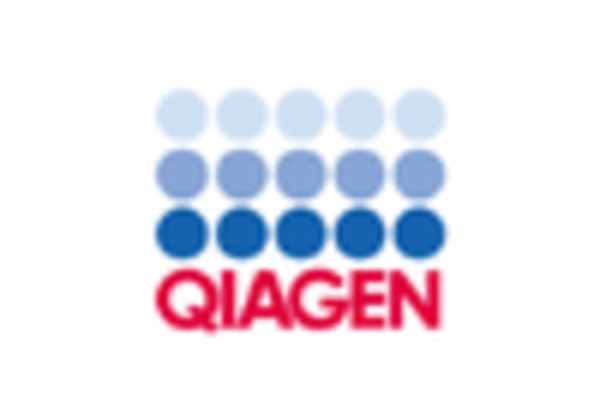









Leave a Comment